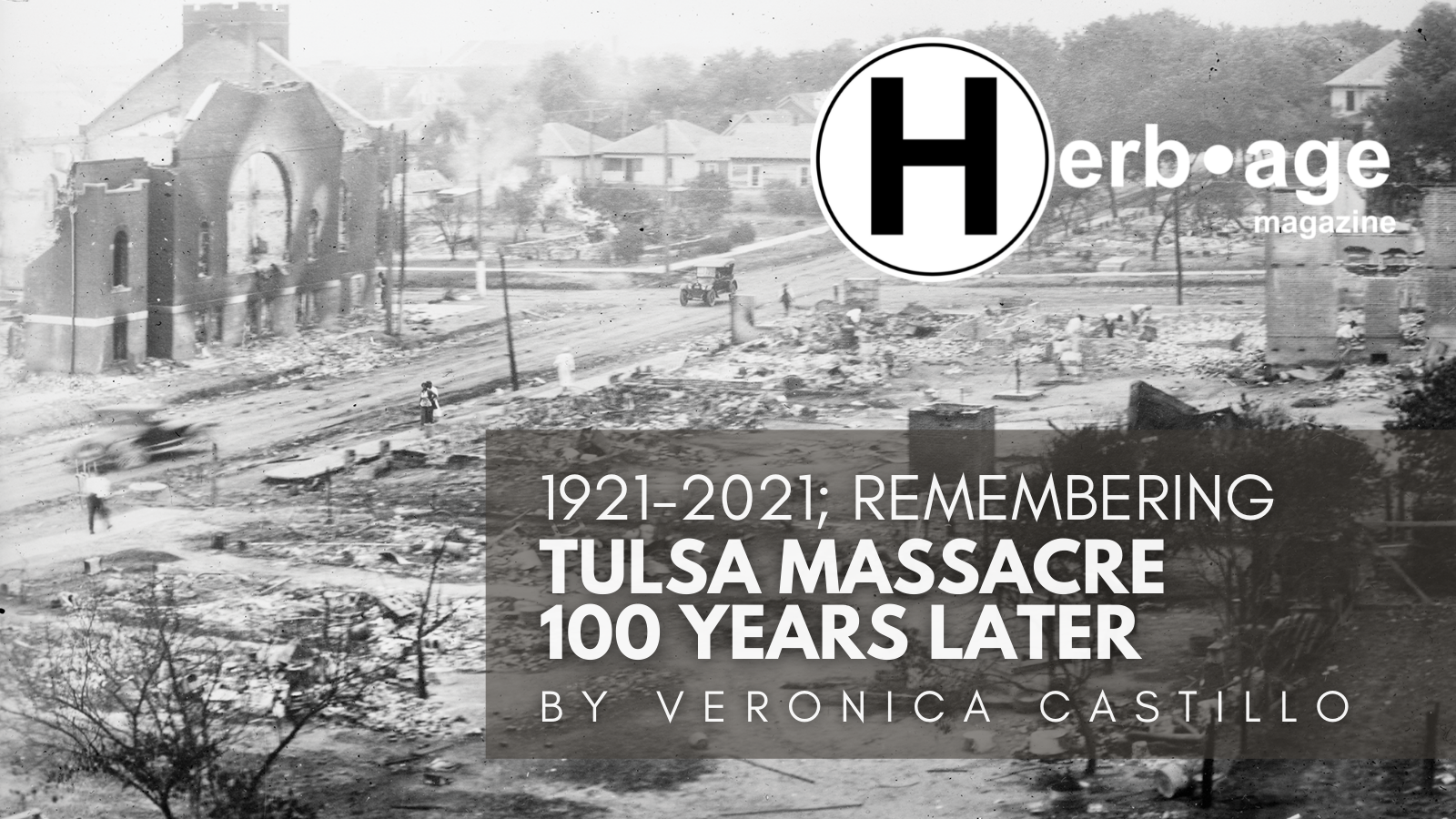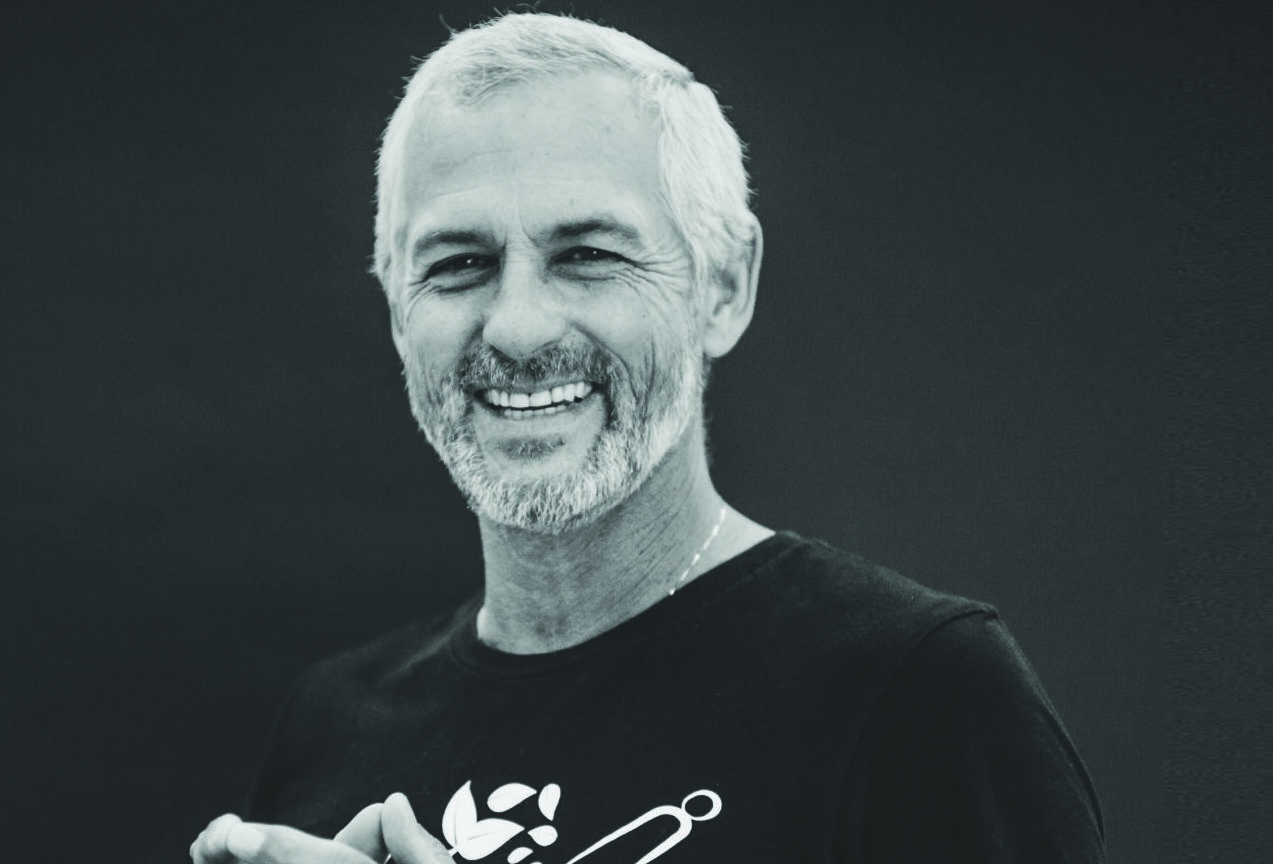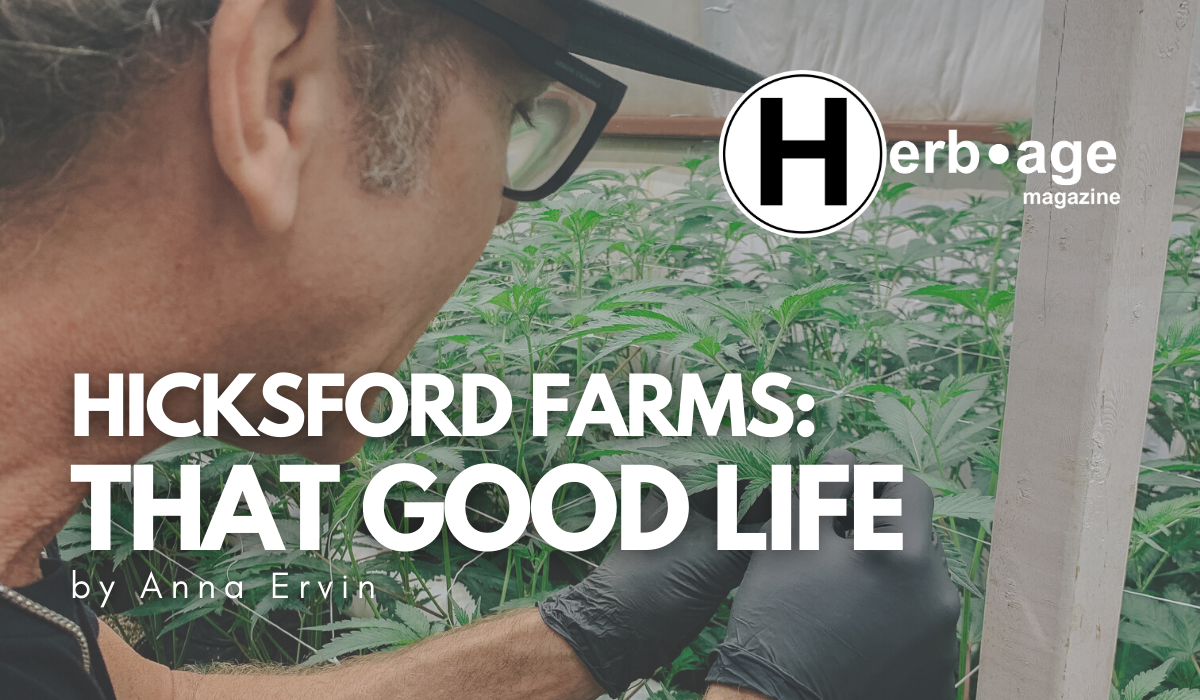1921 – 2021; Remembering
by Veronica Castillo
May 31, 2021 marks 100 years since a black teenage boy was lied on, over a possible incident with a white woman, in an elevator in Tulsa Oklahoma. It marks 100 years since his arrest, which wasn’t enough for many white Americans in Tulsa, Oklahoma. May 31, 2021 marks 100 years since a group of racist white terrorists showed up at the jail, demanding that police hand over the teenage boy. It marks 100 years since that group of terrorists and others that joined later that night, initiated one of the biggest massacres on United States soil.
May 31, 2021 marks 100 years since the 1921 massacre, led by a group racist white domestic terrorists in Tulsa, Oklahoma- in a neighborhood called “Black Wall Street”, in Tulsa’s Greenwood District. The hateful souls behind the massacre took black lives, injured hundreds of black people, and burned down over 1,000 homes and businesses.
The Greenwood District- Black Wall Street: Before the Massacre
In a story covering Black Wall Street, CNBC describes the Greenwood District as: “one of the most prosperous African-American enclaves in the U.S. before the slaughter of its citizens”. The Greenwood District was known as Black Wall Street because Greenwood Avenue featured luxury shops, restaurants, movie theaters, a library, pool halls, and nightclubs- owned by Black Americans.
 History.com states that: “the area had been considered one of the most affluent African American communities in the United States for the early part of the 20th century”. The Greenwood district is in East Oklahoma, which was Indian Territory (like almost all of Oklahoma). Before Greenwood was established in 1906, Native Americans (the people already here when the history books say that Columbus “founded” this land) lived there, but were forced to relocate.
History.com states that: “the area had been considered one of the most affluent African American communities in the United States for the early part of the 20th century”. The Greenwood district is in East Oklahoma, which was Indian Territory (like almost all of Oklahoma). Before Greenwood was established in 1906, Native Americans (the people already here when the history books say that Columbus “founded” this land) lived there, but were forced to relocate.
Greenwood was established in 1906 through O.W. Gurley, a wealthy Black landowner, who purchased 40 acres of land in Tulsa, naming it Greenwood. Because of his intent to only sell to colored people, Greenwood became what History.com described above, “one of the most affluent African American communities”.
Later, many Black sharecroppers fleeing racial oppression relocated to the region as well, because they wanted a better life post-Civil War. Black Americans fled to Oklahoma under the assumption that Oklahoma is safe for them, according to Michelle Place, executive director of the Tulsa Historical Society and Museum. Michelle says that at the time: “Oklahoma begins to be promoted as a safe haven for African Americans who start to come particularly post emancipation to Indian Territory”.
History.com says: “the largest number of Black townships after the Civil War were located in Oklahoma. Between 1865 and 1920, African Americans founded more than 50 Black townships in the state”. In my opinion, that is the real issue and hate towards Black Americans. Like Beyonce sings:
“Being black, maybe that’s the reason why they always mad, yeah, they always mad, yeah
Been past ’em, I know that’s the reason why they all big mad and they always have been.”
May 31, 1921- The Massacre on Black Wall Street
Below is an overview of the massacre, as reported by History.com:
- May 30, 1921, a young Black teenager named Dick Rowland entered an elevator at the Drexel Building. At some point after that, the young white elevator operator, Sarah Page, screamed and Rowland fled the scene. The police were called, and the next morning they arrested Rowland.
- A story based on rumors was published in the Tulsa Tribune, accusing Rowland of sexually assaulting Page.
- As evening fell, an angry white mob was gathering outside the courthouse, demanding the sheriff hand over Rowland.
- The sheriff said “No”, and his men barricaded the top floor to protect Rowland.
- Later, a group of about 25 armed Black men, including World War I veterans, went to the courthouse to offer help guarding Rowland.
- They were told “No”, and were turned away.
- There were rumors of lynching and so, a group of around 75 armed Black men returned to the courthouse, where they were met by about 1,500 white men, some of whom also carried weapons.
- Shots were fired, chaos broke out, and the outnumbered group of Black men retreated to Greenwood.
- Over the next several hours, groups of white Tulsans, some of whom were deputized and given weapons by city officials, committed numerous acts of violence against Black people.
- With rumors of a large-scale insurrection among Black Tulsans underway; as dawn broke on June 1, thousands of white citizens poured into the Greenwood District, looting and burning homes and businesses over an area of 35 city blocks.
- Later, Rowland was released and charges were dropped. Officials concluded that it was likely that Rowland simply bumped into Page.
 According to a Red Cross estimate: 1,256 houses were burned, 215 others were looted but not torched; two newspapers, a school, a library, a hospital, churches, hotels, stores, and many other Black-owned businesses were among the buildings destroyed or damaged by fire. The Tulsa Race Massacre/ The Black Wall Street Massacre still stands as one of the deadliest riots in U.S. history. Many don’t know about this because the system tried to cover it up. History.com says that:
According to a Red Cross estimate: 1,256 houses were burned, 215 others were looted but not torched; two newspapers, a school, a library, a hospital, churches, hotels, stores, and many other Black-owned businesses were among the buildings destroyed or damaged by fire. The Tulsa Race Massacre/ The Black Wall Street Massacre still stands as one of the deadliest riots in U.S. history. Many don’t know about this because the system tried to cover it up. History.com says that:
“The Tulsa Tribune removed the front-page story of May 31 that sparked the chaos from its bound volumes, and scholars later discovered that police and state militia archives about the riot were missing as well. As a result, until recently the Tulsa Race Massacre was rarely mentioned in history books, taught in schools or even talked about”.
The 1914 Narcotics Act’s Contribution to Racism Through Lies About Cannabis
Tensions in America between Black Americans and White Americans existed before 1921. But 1921 was met with the existence of: Black Codes, Jim Crow laws, the Reconstruction Era, alcohol prohibition, and a new way to target black people through the 1914 Harrison Narcotics Act. 1921 was met with fuel from laws designed to keep white America up, and black America down, like the narcotics act. And though the narcotics act was focused on opiates and coco plants, cannabis became stigmatized and known as: “a drug of murder, torture, and hideous cruelty”.
Cannabis was also tied to immigrants and lower class society. In an article published by Origins, they state:“ the association of murder, torture, and mindless violence with marijuana was not borne out by evidence or actual events- but blossomed thanks to the vivid imaginations of the journalists charged with sensationalizing the tired story of drug use and addiction”.
They go on to say: “the fact that marijuana smoking was a habit of immigrants and the lower class, played a role in its prohibition. For the journalists in the 1920s charged with composing annual anti-narcotics jeremiads for Hearst’s famously sensational newspapers, a new “murder” drug must have seemed a gift.”
We see from part of Billie Holiday’s story in the movie: The United States vs. Billie Holiday, that it wasn’t just immigrants and lower class that were targeted, being black was simply enough. We can also see from the 1914 Narcotics Act, that Reefer Madness and the association of cannabis making people crazed, violent, and sexually aggressive- started before 1930, it just didn’t have its title yet.
The Cannabis Industry Shares Thoughts on the Greenwood District/ Black Wall Street Massacre: What was Learned, Ways to Heal, a Push for Unity, the Need for Accountability, the Prison System as it Relates to Cannabis, and How Cannabis Can Help Heal Racial Tension
Mehka King, founder of Cash Color Cannabis says:
“To begin the process of solving race issues and halting any more race riots begin with conversations about why all this happened in the first place. I learned about the Tulsa race riots when I was in college. It was right after I read the book about Rosewood. It’s a tragic story that shows how far people can go when all you see is anger and bias. Add in power and privilege and you get a powder keg that’s ready to blow.
Conversations about race issues have become even more taboo even as things seem to look more diverse. Adding a Black face here and there isn’t the same as having a real conversation about the way systematic racism has affected our community overall. Even that conversation has to land on an empathetic ear who wants to help”.
Dan Isenstein, owner of Hemp Highway of Kentucky, and a hemp historian says:
“While May 31st marks 100 years since the Tulsa Massacre, a monumentally horrific atrocity, it is merely a mile maker in the 400-year history of black people being terrorized in North America. When the Tulsa Massacre occurred, the United States was already 25 years into the “Jim Crow” era. In many ways cannabis laws were an extension and remain the last legal remnants of “Jim Crow”. As the prohibition police state emerged, blacks and people of color were disproportionately targeted. The resulting incarceration industrial complex still imprisons black people at an appalling rate.”
Sunflower Taliaferro, owner of Sunflower’s Spacecakes say this:
“At the time of the Tulsa race massacre, the desperation for resources was at an all-time high. Informed by a sense of scarcity and entitlement, frustrated white Tulsa residents targeted Black residents and businesses as a means to end the progression on Black Wall Street, and thus end the threat that it posed to white businesses. Much like in Tulsa, destruction and violence was widespread in the bombing of MOVE. 65 homes were completely destroyed as a result of the city-sanctioned bombing, displacing numerous Black families, and killing 5 Black children. In both assaults’ city officials played key roles in facilitating the massacres whether firsthand or otherwise.”
Justin Young, co-founder of 12 Twenty CBD says:
“The one important thing that I learned from the Tulsans who built Black Wall Street brick by brick is the importance of black economics, owning, protecting and controlling your own to create and build generational wealth for our children and grandchildren so that they too can have a seat at the table. What the Tulsans built is a testament to their dedication and brilliance. I also believe that discussing the events of the massacre that destroyed Black Wall Street and many other black economic advancements to a younger generation is critical to understanding systemic racism’s effects on black economics, poverty and the community today Tulsa is one example of many. However, we don’t believe that cannabis will end race wars- only conversation and dialogue will start that process.”
Sam De La Paz, managing partner at GreenWave Consulting, LLC says:
“The events that took place in Oklahoma in 1921 are evidence of the systemic plague that our communities of color have faced for far too long and that we still face today. I firmly believe that our Cannabis community, our “counter-culture” and the medicines that bring us further into synergy with our natural world – are the pathways to healing for ALL of us. We must lead by example and stay extremely unified in our missions and goals! This is the ultimate challenge; I’ll be the first to admit.
Cannabis is a connector, a healer, a third eye-opener (if you believe that kind of stuff). It brings people together to share perspective and insight, with little aggression and much inclusivity. To unravel years of systemic and societal injustices, and to rebuild our relationship with the planet and all living organisms, we must do it together. Together is how we will be able to create true generational wealth for our most underserved and underrepresented. We have a once-in-a-lifetime opportunity to course-correct from the path that top-down capitalism has paved. We are the ones we have been waiting for. . .”
Bee Weldon, owner of Bee Kynd says:
“My paternal great-grandfather was in his early twenties at the time of the tragic Tulsa massacre. In spite of the tense race relations during that time, my great-grandpa was still able to acquire hundreds of acres of land in the surrounding area. My ancestor always told us that power comes in having your own… building your own.
I have set out to build my own in the cannabis industry by educating others on healing our bodies with this plant. Cannabis is a spiritual plant with amazing healing properties and its healing power are not only limited to our body and mind, but can transcend into healing the systemic racism that the cannabis industry is built on. The mere fact that our bodies are uniquely designed with an internal system that works harmoniously with this plant, is vital in helping combat racist stigmas and stigmas against cannabis.”
The owners at JustinCredible say:
“The burning of Black Wall Street was a tragic event in American history. Many lost their lives over a misunderstanding. Most race wars are started from simple misunderstandings.
The Cannabis industry is unique in that consumers all enjoy the same thing. It’s what connects us no matter our race. Cannabis will continue to be a guiding light and cornerstone for change in the world and JustinCredible Cultivation will continue to be the catalyst for transformation 1 strain at a time”.
Sal Ali, co-founder of Dr. Terpz Dispensary says:
“To me it seems as though when Black and brown people in this country achieve success for themselves, without the need for any outside help, they become perceived as a threat and the powers that be find ways to bring them down.
I know cannabis is the ultimate connector that can help people look beyond race and skin color and help us see each other for who we truly are. I moved around a lot growing up in this country. I had the opportunity to live amongst people from all walks of life and socioeconomic backgrounds. Every time I found myself in a different environment with people, I had nothing in common with, cannabis always helped me connect with them”.
Oklahoma’s Progress 1921- 2021: A Special Message from the President of Oklahoma Women Cann Association
 “I have the privilege to work with many cannabis businesses and patients across the state of Oklahoma. Our mission focuses on supporting a strong and equitable cannabis industry in Oklahoma by providing resources, education and advocacy.
“I have the privilege to work with many cannabis businesses and patients across the state of Oklahoma. Our mission focuses on supporting a strong and equitable cannabis industry in Oklahoma by providing resources, education and advocacy.
As we approach the 100th year anniversary of the “Tulsa Race Massacre” I am reminded of how little progress has been made in Oklahoma in terms of racial equality. In many aspects, we are still experiencing that mentality through laws, treatments and attitudes. Treatment that is so widespread, no one even notices that it’s wrong.
That same treatment, unfortunately, is also prominent in our Oklahoma cannabis industry. Although our cannabis program has afforded opportunities for more people of color than many other markets, minorities are still underserved when it comes to resources, support and representation.
I do see cannabis as being the avenue to bringing more diversity into Oklahoma, but it is critical that people of diverse backgrounds come together and express their concerns because no one is going to ask them what they want, they are going to have to find their voice.
Cannabis is a healing herb in so many ways. I definitely believe it is that component that brings lives together as we unify in the belief that it serves a purpose. I see it every time I attend an event, or support a meeting. It connects young with old, rich with poor and yes, all colors of the rainbow. It’s a beautiful thing!
I saw the passage of SQ780 as a pivot point in the step toward better race relations in Oklahoma because it overwhelmingly declared that it’s time to take a serious look at why so many women and people of color are being incarcerated. It is my hope that through the momentum of what cannabis has done for the Oklahoma economy, we will begin to experience a change of perception and a unifying of goals”.
In Closing
A large portion of American history exists in one word- racism. Many of the issues in America today exist in one word- racism. The way we heal America exists in two words- ending racism.
If the government allowed cannabis to be free, maybe we would see a better world. A unified world like the one that the hippies were trying to create in the 70’s, before the government decided that prohibition of certain plant medicines would be better for their agenda. Their agenda has generally been rooted in racism and separation, and the culture of plant medicines like cannabis has been rooted in healing and unity.
What can the cannabis industry do to honor Black Wall Street today? Donate to Greenwood Chamber of Commerce who is seeking to raise up to $10 million to restore and rebuild the district that domestic terrorists destroyed: https://www.gofundme.com/f/restoreblackwallstreet.
Fact Check:
https://www.history.com/news/black-wall-street-tulsa-race-massacre
https://origins.osu.edu/article/illegalization-marijuana-brief-history




